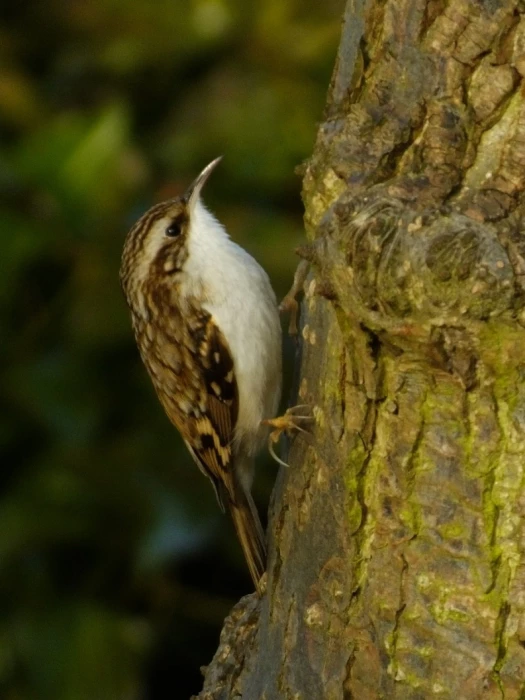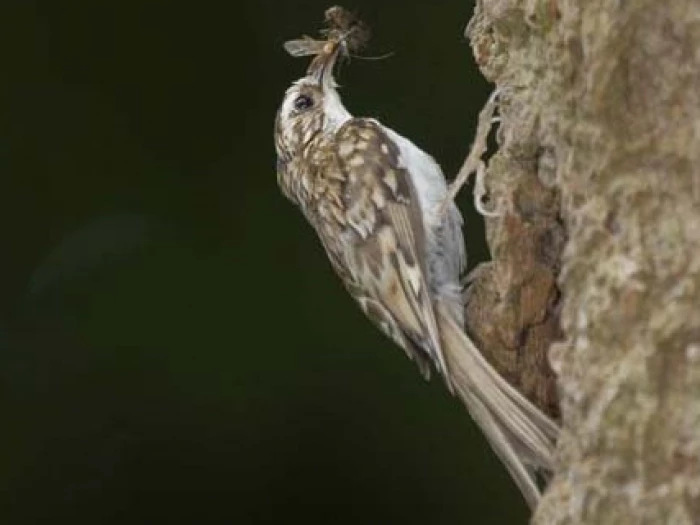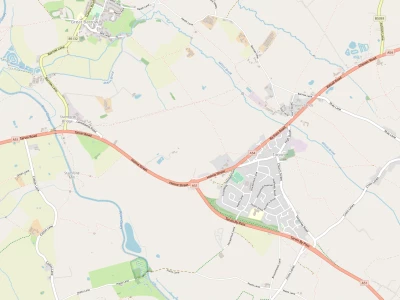Birds in Tarvin Community Woodland.
Treecreeper(Certhia familiaris)\Click on the birdsong link if you want to listen to the cry of the Buzzard in a separate tab while you read this articleTreecreeper Song
While walking in the woodland, the tree creeper is the bird that you are most likely to have seen without realising that it is there! It is a small bird – about the size of a wren – and very active, living entirely in trees, where they might (with luck) be spotted scuttling up trunks or branches looking for a tasty morsel to bring back to their nests. Treecreepers are mottled brown in colour, with light streaks and white underparts. These mottled brown feathers help them to easily blend in with the trees they climb. They have a white stripe above the eye and a long, thin beak which curves downwards – ideal for probing cracks and chinks in bark to find the tiny invertebrates (such as insects, earwigs or spiders) on which they feed. Their clawed feet are ideally suited to clinging on to the bark which they are searching. They might also feed on seeds during the winter months when invertebrates are scarce. Their tail is straight and stiff, being used like an extra limb to help brace against vertical trunks.
Treecreepers are homebodies; they stay in their own small territories, some sticking to only one tree! They are active during the day, creeping up trees, exploring bark and crevices, making use of their long, sharp beaks. Once they've reached the top of the trunk, they will often fly down to the base of another and repeat their upward climb. Treecreepers are actually very common birds, so, if they are so common, yet so busy all of the time, why are they so hard to spot? If a treecreeper is disturbed, it generally freezes on the tree trunk, where its black and brown mottled plumage provides camouflage and makes it look like the bark of the tree. It is also the case that the birds have an annoying habit of avoiding you by moving quickly to the other side of the tree the moment you spot one!
A West Country name for the treecreeper is the 'tree mouse', which suits it perfectly – it climbs up tree trunks in a 'mouse-like' manner, supported by its long, stiff tail. However, unlike the nuthatch, it can't climb back down head first. It has to hop down backwards due to its tail getting in the way and so will often choose to fly down instead.
When it comes to nestbuilding, treecreepers do not opt for the most common solution. Instead, they build their nests behind flaps of loose bark. The nest begins with a base of twigs, wedged into a crevice. Then they add grass, spiders' webs, moss, grass, lichen and wood chips. It takes about a week to build the whole nest. The female then lines the nest with hair, wool and feathers. Given that a clutch size is about 5-6, the nest can get quite crowded towards the end. The chicks fledge at around 15 days old, but will return to the nesting site for a few days to be fed by their parents. It is possible to buy wedge-shaped nest boxes that have been designed for treecreepers, but they are rarely used – as we have found to our cost in the woodland!
Quick Links
Get In Touch
TarvinOnline is powered by our active community.
Please send us your news and views.

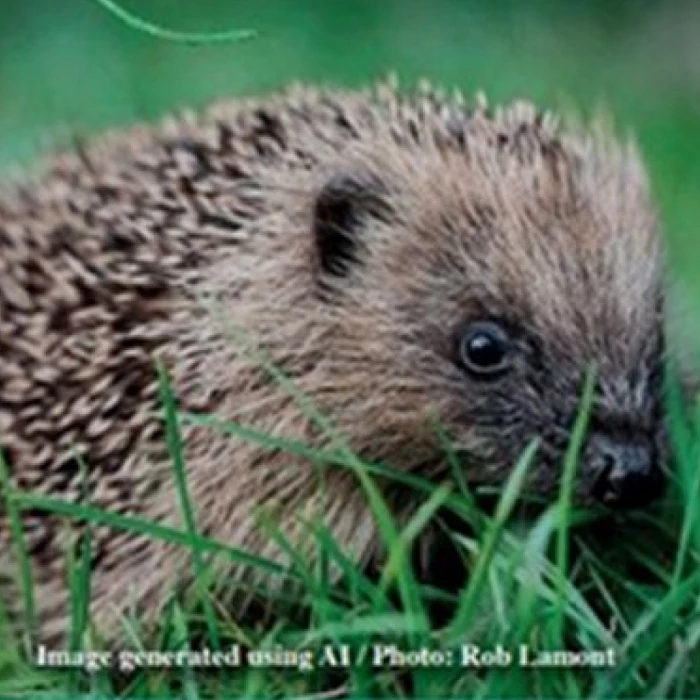
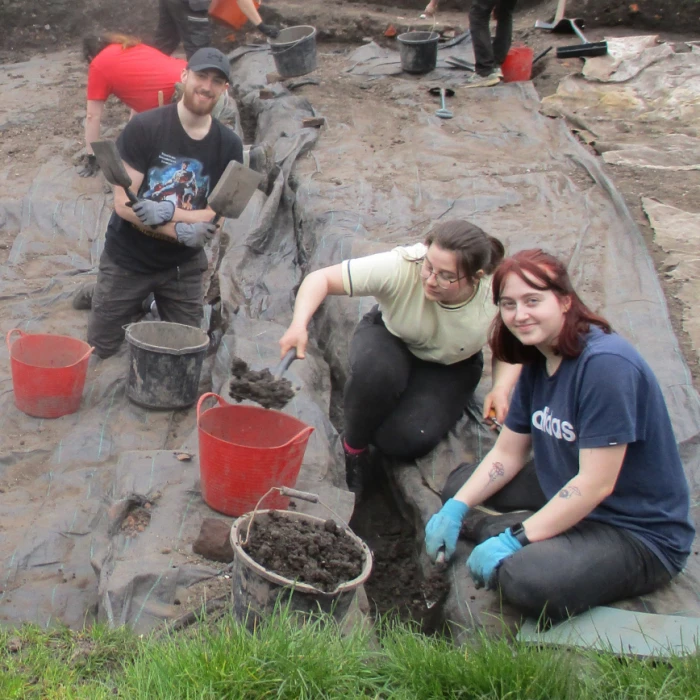


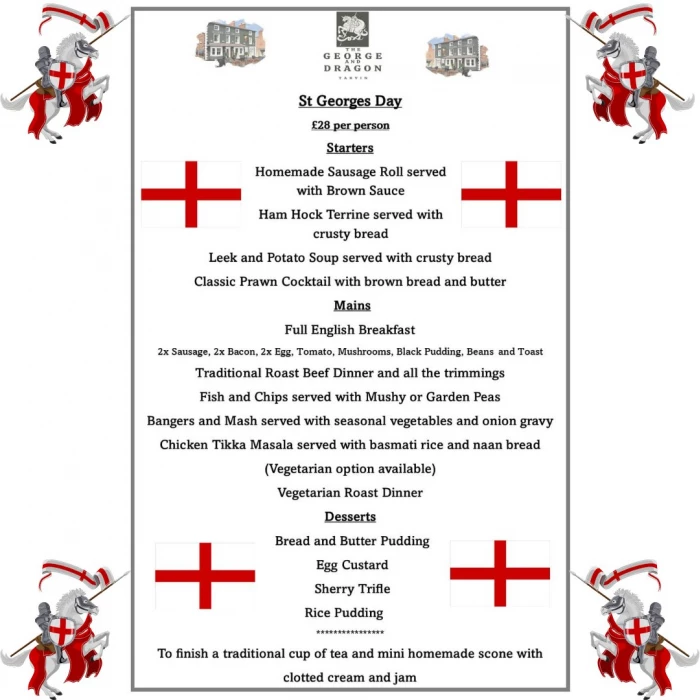
![TWT Plant Sale 2023 ba890fe3-5f67-4cbf-896e-5fdc0bdca5ee[374045]](https://l3.tm-web-01.co.uk/lib/bn8-Q752422.webp)
